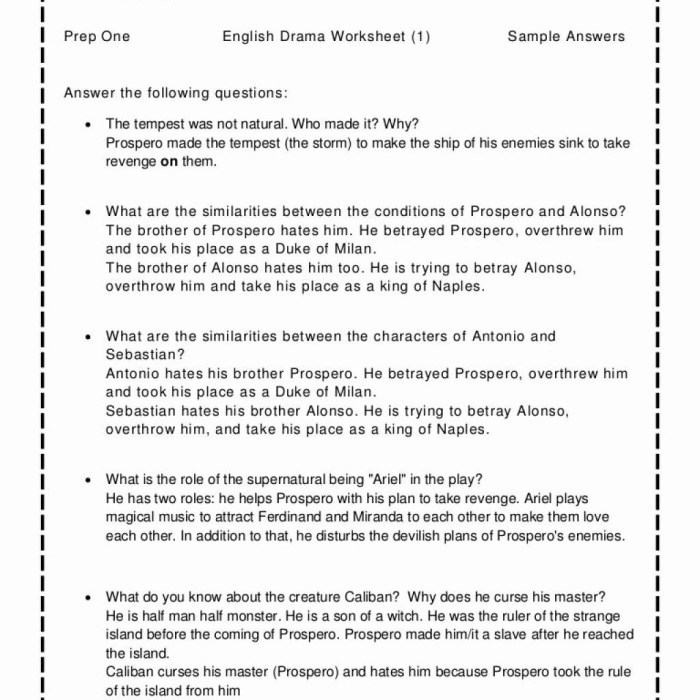Introducing the Anatomy of the Constitution iCivics Worksheet Answer Key, an illuminating guide that unlocks the intricate workings of the United States Constitution. This comprehensive resource unravels the fundamental principles and structure of the governing document that has shaped American society for over two centuries.
Through an engaging exploration of each article, amendment, and key concept, this answer key provides a profound understanding of the Constitution’s role in establishing the legislative, executive, and judicial branches of government, safeguarding individual liberties, and fostering a delicate balance of power.
1. Introduction: Anatomy Of The Constitution Icivics Worksheet Answer Key

The United States Constitution is the supreme law of the land, establishing the framework for the federal government and outlining the fundamental rights and freedoms of American citizens. Adopted in 1788, it is the oldest written constitution still in use today.
The Constitution consists of seven articles, each addressing a specific aspect of government structure and function. The first three articles establish the legislative, executive, and judicial branches of government, while the remaining articles address issues such as federalism, amendments, and the supremacy of the Constitution.
2. Article I
Legislative Branch
Article I establishes the United States Congress, consisting of the Senate and the House of Representatives. The Senate has 100 members, two from each state, while the House of Representatives has 435 members, apportioned among the states based on population.
Congress is responsible for making laws, declaring war, raising taxes, and approving presidential appointments. The process of passing legislation involves the introduction of a bill in either the House or Senate, followed by debate, committee review, and a vote. If a bill passes both chambers, it is sent to the President for signature or veto.
The President has the power to veto legislation, but Congress can override a veto with a two-thirds vote in both the House and Senate.
3. Article II
Executive Branch
Article II establishes the presidency and Artikels the powers and responsibilities of the President. The President is the head of state and commander-in-chief of the armed forces. The President also has the power to veto legislation, grant pardons, and appoint judges and other officials.
The President is elected every four years by the Electoral College, a group of electors chosen by each state. The President must be a natural-born citizen of the United States, at least 35 years old, and a resident of the United States for at least 14 years.
4. Article III
Judicial Branch
Article III establishes the Supreme Court and Artikels the powers and responsibilities of the federal judiciary. The Supreme Court is the highest court in the United States and has the power to interpret the Constitution and determine the constitutionality of laws.
The Supreme Court consists of nine justices, who are appointed by the President and confirmed by the Senate. Supreme Court justices serve for life, unless they retire, resign, or are impeached and removed from office.
FAQ Section
What is the purpose of the Anatomy of the Constitution iCivics Worksheet?
The Anatomy of the Constitution iCivics Worksheet is designed to provide students with a comprehensive understanding of the structure, principles, and key provisions of the United States Constitution.
What topics are covered in the Anatomy of the Constitution iCivics Worksheet Answer Key?
The Anatomy of the Constitution iCivics Worksheet Answer Key covers a wide range of topics, including the legislative, executive, and judicial branches of government, the Bill of Rights, the Supremacy Clause, checks and balances, and federalism.
How can I use the Anatomy of the Constitution iCivics Worksheet Answer Key?
The Anatomy of the Constitution iCivics Worksheet Answer Key can be used as a study guide for students, a reference tool for teachers, or a resource for anyone interested in learning more about the United States Constitution.

